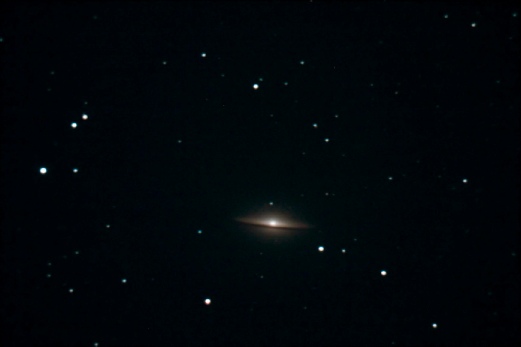
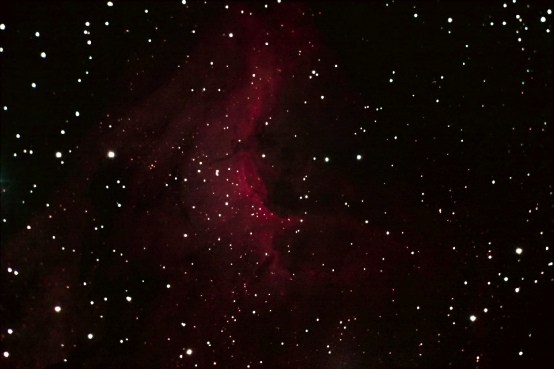
The Horsehead Nebula is located in the Orion constellation and is approx 1375 light years from earth.
The nebula is a dark cloud of dust and gas and is close to a star forming region. The deep red colour of this region is due to ionised hydrogen alpha gas.
The nebula was first recorded on photographic plate be Scottish astronomer Williamina Fleming at the Harvard College Observatory in 1888.
This image was taken in January 2020 in south Cornwall.
The Crescent Nebula C27 is an emission nebula in the constellation Cygnus, about 5000 light years away from Earth and was discovered by William Herschel in 1792.
This image was taken in July 2020 in south Cornwall.
am Herschel in 1792
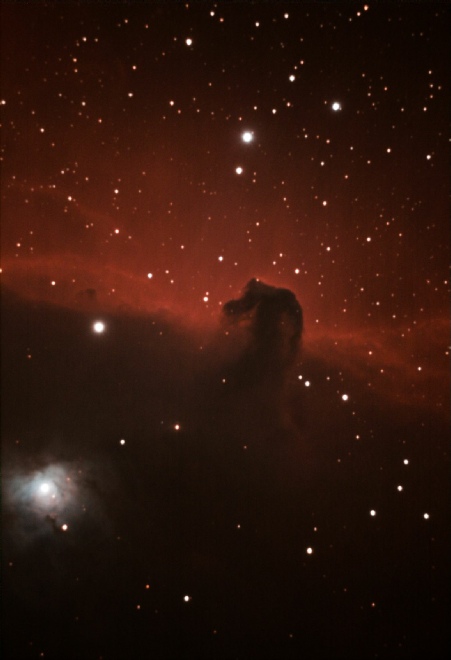
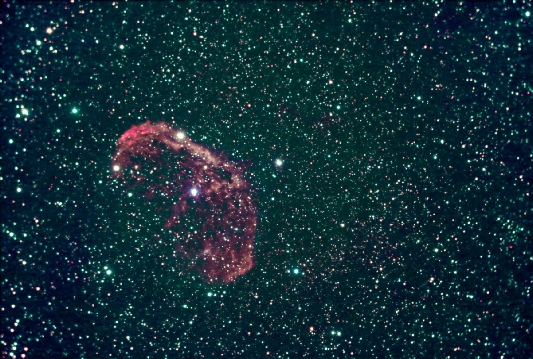
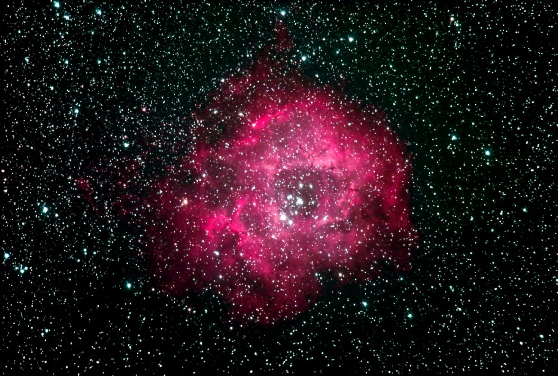
The Rosette Nebula C49 is an emission nebula which is approx 5200 light years from earth and has an approximate diameter of 130 light years. Like the Great Orion Nebula, this is a stellar nursery.
This image was taken in January 2017 in south Cornwall.
The Pelican Nebula IC5070 is an emission nebula and is approximately 1500 light years from earth.
This image was taken in September 2020 in south Cornwall.
Jupiter is known as a gas giant and orbits the sun once every eleven years. It is on average the third brightest natural object in the night sky after the Moon and Venus. Jupiter is primarily composed of hydrogen with a quarter of its mass being helium.
This image was recorded in October 2016 in south Cornwall
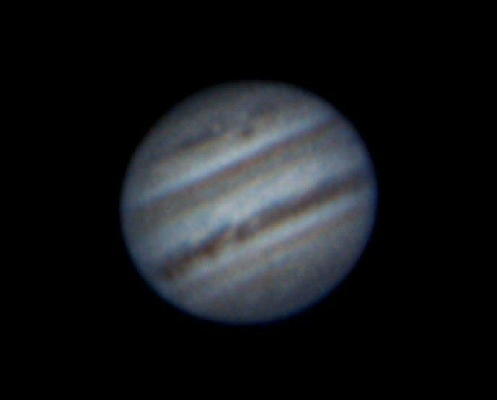
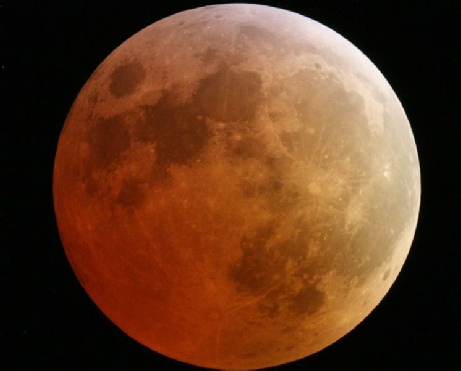
This image of an eclipse of the moon was taken in March 2007 in Cheltenham through a 105mm reflector telescope using a Canon EOS 400D camera.
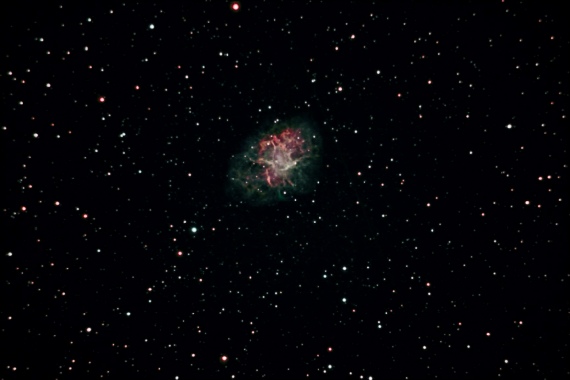
The Crab Nebula M1 is classed as a supernova remnant and is approximately 6500 light years from earth and approximatly 11 light years across. The supernova explosion causing this nebula was first recorded in AD 1054 but it was catalogued by French astronomer Charles Messier in AD 1757. At the centre of the nebula lies the Crab Pulsar, a neutron star which emits pulses of radiation from gamma rays to radio waves.
This image was taken in November 2013 in south Cornwall
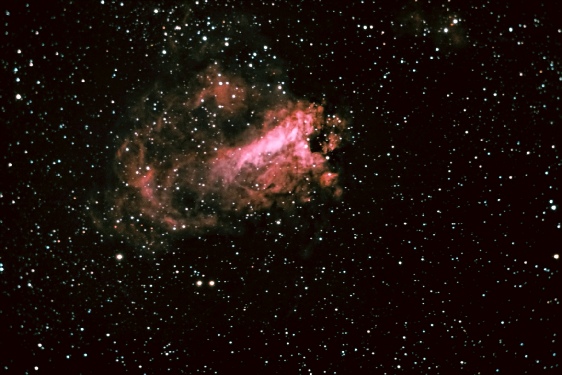
The Swan or Omega Nebula M17 is between 5000 and 6000 light years from earth and is estimated to be in the region of 15 light years across. The cloud of interstellar matter of which this nebula is a part is roughly 40 light years in diameter. This nebula was catalogued by Charles Messier in 1754.
This image was taken in September 2019 in south Cornwall.
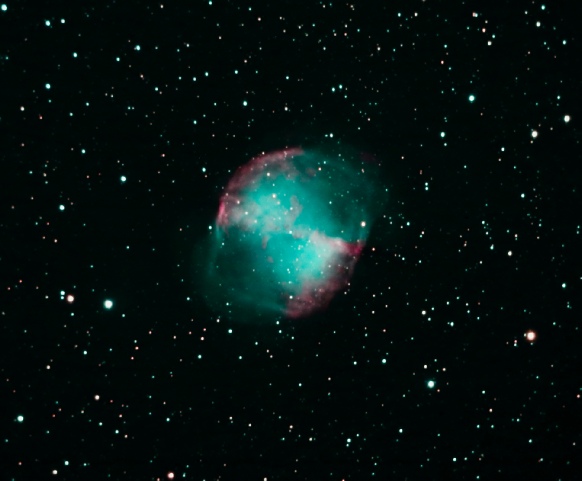
The Dumbbell Nebula M27 is a planetary nebula in the constellation Vulpecula, at a distance of about 1227 light years. It was the first planetary nebula to be discovered, by Charles Messier, in 1764.
This image was taken in August 2016 in south Cornwall.
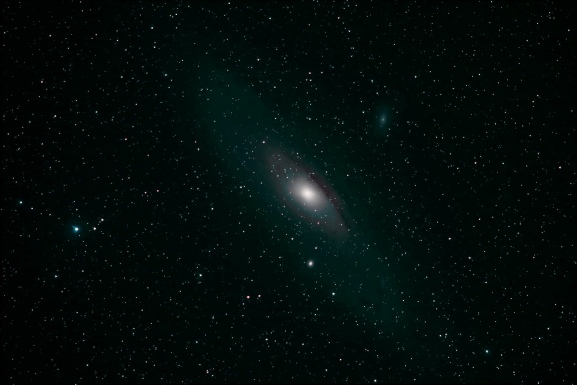
The Andromeda Galaxy M31 is our closest galactic neighbour at approximately 3 million light years from our own galaxy (Milky Way) and has an estimated diameter of 220,000 light years.
The Milky Way and Andromeda galaxies are expected to merge in around 4.5 billion years time but we should not be unduly worried by this.
This image was taken in October 2015 in south Cornwall.
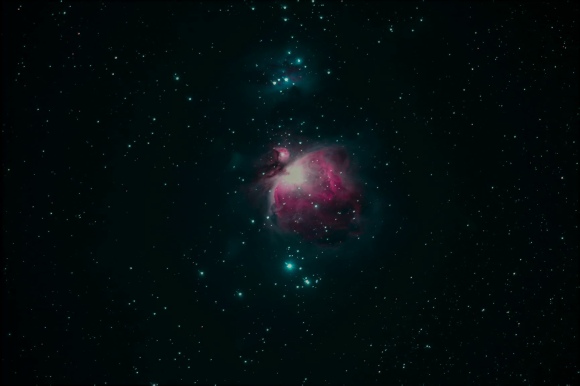
This image shows the Great Orion Nebula M42 and above it the Running Man Nebula S279.
These nebulae are the centre of the three objects which make up the sword in the Orion constellation. M42 is 1344 light years from earth and is the closest star forming formation to earth.
This image was taken in November 2016 in south Cornwall.
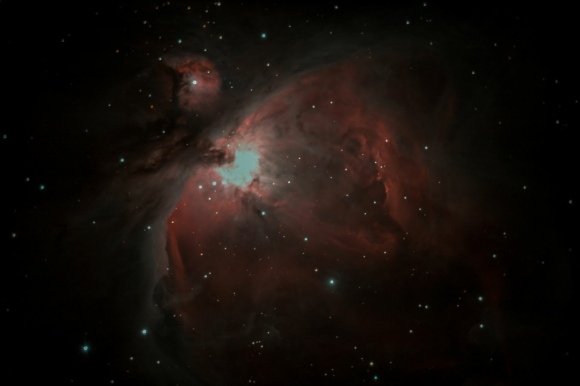
This image shows the star forming centre of M42 at a higher level of detail. The nebula may be 24 light years across.
This image was taken in January 2020 in south Cornwall.
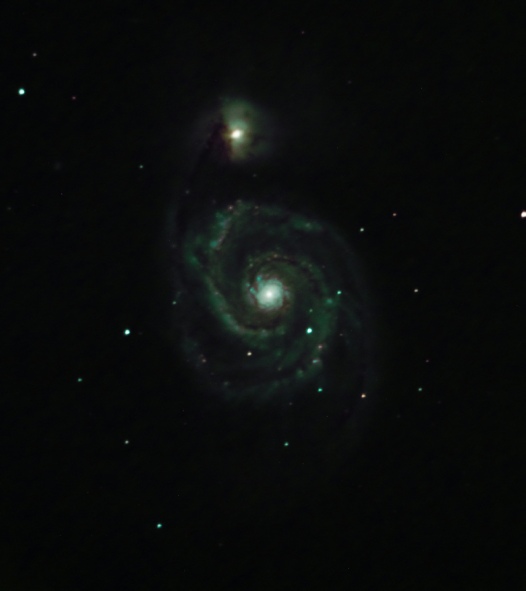
The Whirlpool Galaxy M51a is approximately 23 million light years from earth and may be about 76 thousand light years across. It was the first galaxy to be classed as ‘spiral’. The companion galaxy NGC 5195 interacts with M51a and is behind one of the spiral arms of M51a.
The galaxy was discovered by Charles Messier in 1773 and catalogued as M51.
This image was taken in April 2015 in south Cornwall.
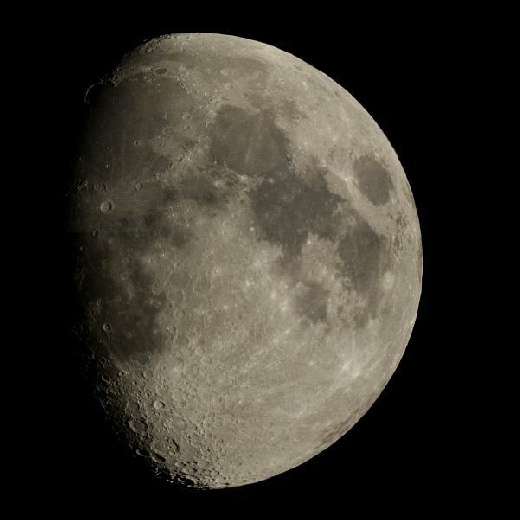
This image is a mosaic of 3 photographs, taken in October 2009 in Cheltenham, with a Canon EOS 40D camera through a 200mm telescope.

The Flame Nebula NGC 2024 is an emission nebula in the constellation Orion. It is about 900 to 1,500 light years away and is in the same star forming region of Orion as the Horsehead nebula.
The nebula is estimated to be about 6 light years across.
This image was taken in December 2013 in south Cornwall.
The Sombrero Galaxy M104 presents an edge on view and is 31 million light years from earth. The galaxy has a diameter of 49,000 light years. The galaxy was discovered in 1781.
This image was taken in April 2015 in south Cornwall.
Horsehead Nebula B33
Deep Sky, Lunar and Planetary Images
Crescent Nebula C27
Rosette Nebula C49
Pelican Nebula IC5070
Jupiter
Crab Nebula M1
Swan Nebula M17
Dumbbell Nebula M27
Andromeda Galaxy M31
Great Orion Nebula M42 and the Running Man Nebula S279
Great Orion Nebula M42
Whirlpool Galaxy M51a
Flame Nebula NGC 2024
Sombrero Galaxy M104
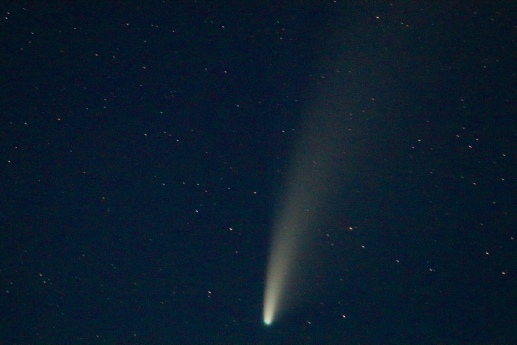
Comet Neowise C/2020 F3
The Comet Neowise was discovered in March 2020. The comet was visible to the north east at around 10pm.
This image was taken in May 2020 in south Cornwall